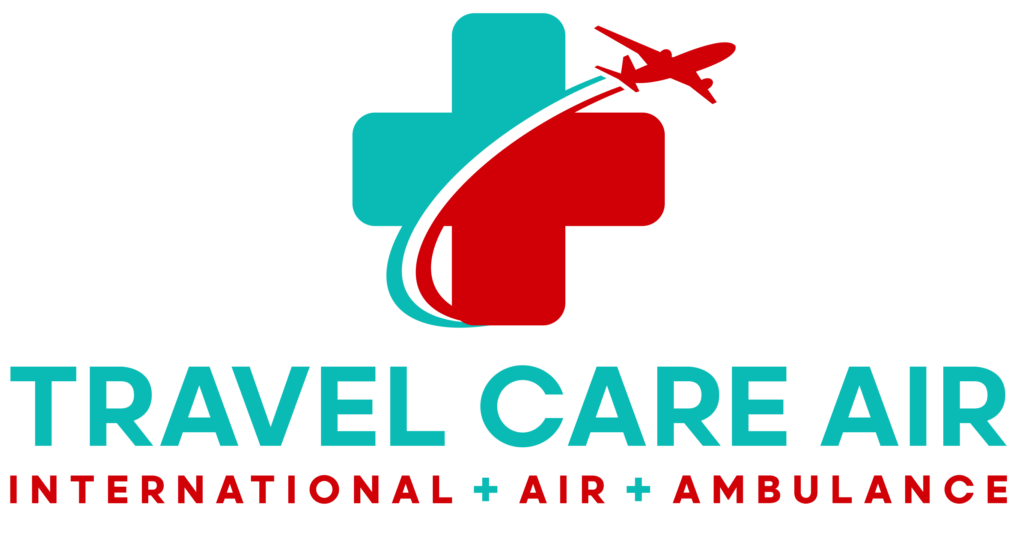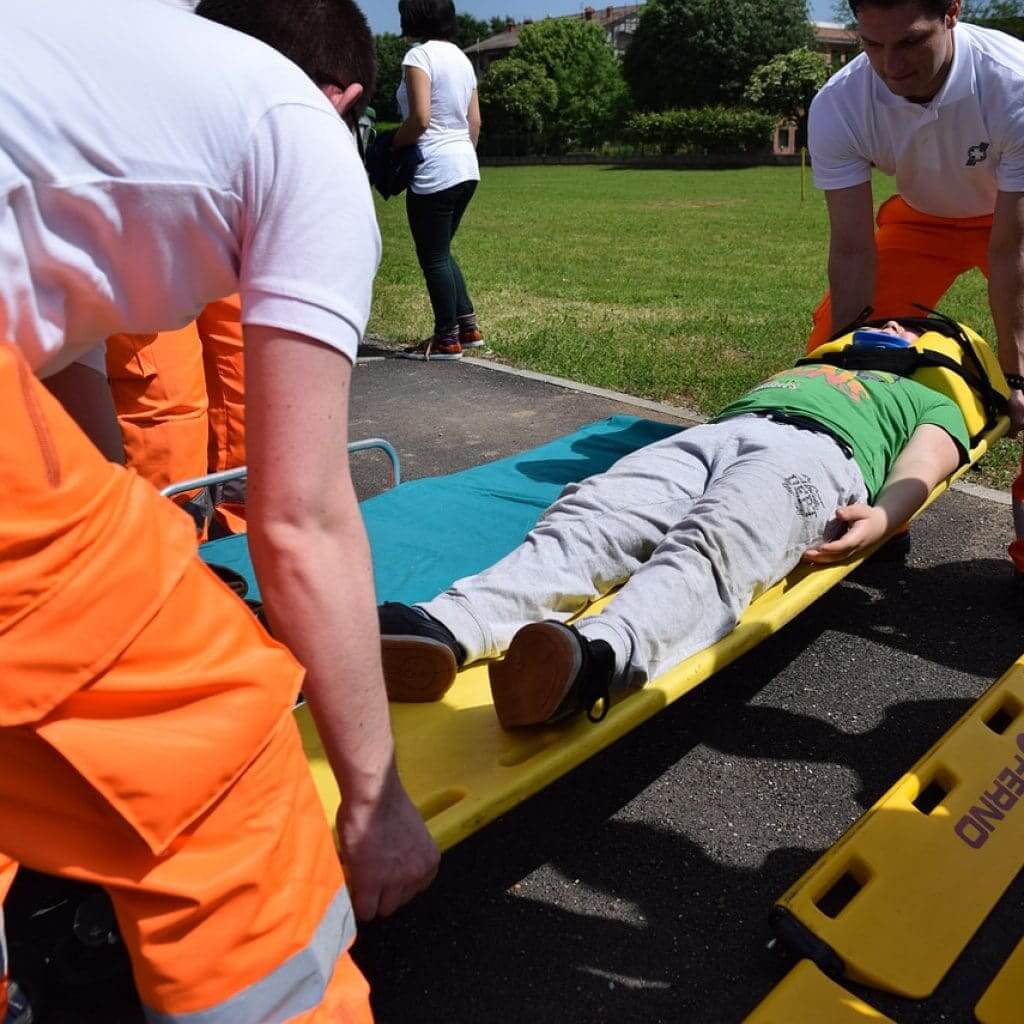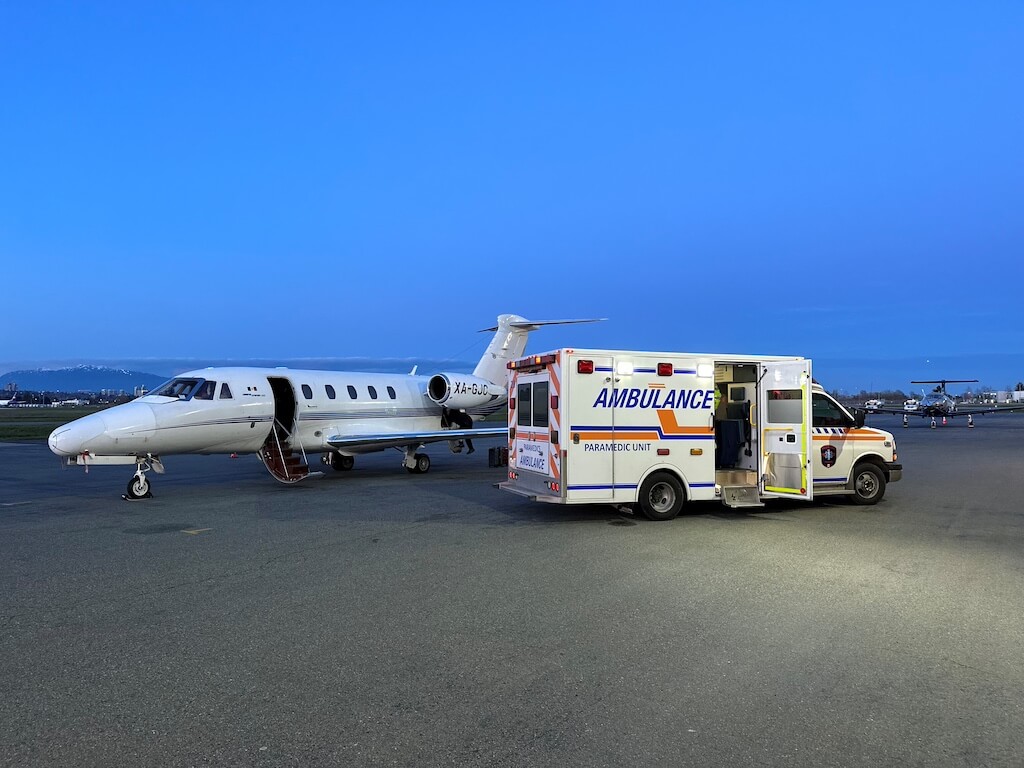When someone you love needs to travel for medical care but they aren’t able to do so on their own, medical transport in the U.S. becomes their lifeline. These services are specially designed to move patients safely across cities, states, or even the entire country, making sure that expert medical teams are with them, taking care of them every mile of the way.
For families, deciding on the right type of transport can feel like a really big responsibility. It’s not only about getting your loved one from one place to another. You also have to take into consideration their comfort, safety, and peace of mind during a very stressful time. With options ranging from ground ambulances to specialized aircraft, there are solutions for every situation, whether it’s a routine transfer or a more urgent one.
Here’s what you’ll learn:
- How medical transport in the U.S. works from start to finish
- When families should consider a cross country air ambulance
- The differences between ground transport and an air ambulance in America
- The main cost factors and insurance coverage details to consider
- Safety protocols and coordination tips that ensure patient security
When Is Medical Transport in the U.S. Needed?
Medical transport in the U.S. is often needed when someone is too ill, has been injured, or is too medically fragile to travel on their own. It’s specifically designed for patients who need extra care and monitoring while traveling to another facility, whether that’s across town or across the country.
One of the most common reasons families use medical transport in the United States is when a loved one has had surgery or specialized treatment far from home and needs help getting back safely. For example, someone recovering from a heart procedure may need to be transported from a hospital in Florida to a rehab facility in Georgia. In other cases, a patient may live in a rural area and need specialized care that is only available in another city.
There are two main types of transport – emergency and non-emergency. Emergency transport is needed right away, like after a serious accident or life-threatening event. Non-emergency transport, which includes many long distance medical transport trips, is often planned in advance. This is common for patients that are moving between hospitals, skilled nursing facilities, or long-term care settings.
No matter what the reason, these trips are carefully coordinated so that the patient stays safe, comfortable, and medically stable throughout the entire journey. The goal is to make sure the care continues seamlessly from one place to another, especially when distance or medical needs make regular travel unsafe.
Choosing Between Ground and Air Transport
When arranging medical transport in the U.S., one of the first decisions that families need to make is whether ground or air travel is the better option for their unique situation. That choice depends on several factors, including the patient’s condition, how far they need to travel, what kind of medical support they require, and how quickly they need to get to their destination.
Ground ambulance transport is usually a good choice for shorter distances or when time is not critical. It’s staffed with medical professionals and is equipped for continuous monitoring, but the ride can be long and physically tiring, especially if the trip spans several states.
For patients with difficult needs or when time is limited, air ambulance in the United States is going to give you a much faster and more comfortable solution. These flights are staffed with a skilled medical team and are fully equipped with advanced medical tools that are similar to what you’d find in a hospital setting. Air transport is perfect for long distance medical transport, such as moving a patient from one coast to the other or from a remote area to a major medical center.
Insurance coverage may vary depending on the situation and the level of urgency, so it’s important to work with a provider that helps coordinate things like approvals, paperwork, and communication between facilities. They can also help guide you in selecting the right type of transport based on your loved one’s health and travel requirements.
Inside a Cross Country Air Ambulance Trip
A cross country air ambulance trip is very carefully coordinated to make sure that your loved one receives continuous, expert care from start to finish. First off, it begins with a detailed intake process where medical staff review the patient’s health records, medications, and whether they are in a proper state to travel. This step helps ensure that the transport plan perfectly matches the patient’s medical needs.
Flight planning is the next step, which includes mapping the route, coordinating with both the sending and receiving hospitals, and confirming weather and air traffic conditions. These details are very important in order to keep medical transport in the U.S. both safe and timely.
Once onboard, the aircraft is fully equipped for long distance medical transport. You’ll find ICU-level equipment such as ventilators, monitors, infusion pumps, and oxygen support. Everything is designed in such a way as to help stabilize and assist patients during the flight, whether they’re traveling a few hundred or a few thousand miles.
The crew on an air ambulance in America usually includes a pilot, a flight nurse, and a paramedic or physician. This team communicates with the ground staff and the destination hospital throughout the entire journey, so that care transitions smoothly on arrival. Family members are often welcome to fly along, depending on space and how stable the patient is.
How Safe and Regulated Is Medical Transport in the United States?
You can rest assured that medical transport in the United States is highly regulated to help ensure the highest level of safety for every patient and crew member. Whether by ground or air, these services follow some very strict guidelines that are set by federal, state, and local authorities. Air ambulance in the United States operations are overseen by the Federal Aviation Administration (FAA), which monitors everything from pilot qualifications to the maintenance of the aircraft.
On the medical side, each provider must hold proper licensure and meet all of the strict health department standards. That includes having trained crews, approved equipment, and protocols that are built for emergencies and long-distance care. Infection control is a top priority, with regular cleaning, sterilization, and the use of personal protective equipment depending on the patient’s condition.
Emergency preparedness is also part of every plan, with flight crews being trained to handle in-flight medical situations and ground teams that are ready for fast transitions. When you choose medical transport in the U.S., you are choosing a system that is built on safety, coordination, and the best possible quality of care.
Understanding the Cost of Medical Transport and How to Plan Ahead
Medical transport in the U.S. can range in cost depending on distance, the type of transport, and the level of medical care that is needed. For long distance medical transport, ground ambulance trips can cost anywhere from $2,500 to $20,000, while air ambulance services often range between $20,000 and $60,000, or more for cross-country flights. These costs cover all of the aircraft operation, the medical staff, equipment, and coordination.
Insurance may help with some or all of the cost, but the coverage depends on the policy and how medically necessary the transfer is. It is important to check in advance if pre-authorization is required. Some providers work directly with insurance companies to streamline the process and avoid any surprises later on with the billing. If insurance is not an option, many transport companies offer private pay plans with upfront estimates and payment options to help ease the financial burden.
To make the process smoother, start planning as early as possible. Gather medical records, contact your provider, and ask about what factors come into play when it comes to transportation readiness. Understanding the timelines, the required documents, and discharge coordination can prevent delays and really help to reduce stress levels. A trusted provider will guide you through each step, making sure that every detail is in place for a safe, timely transfer.
Why Families Rely on Travel Care Air
When your loved one needs help traveling between medical facilities, across states, or over long distances, it’s reassuring to know that medical transport in the U.S. is highly coordinated, carefully regulated, and designed with the highest level of safety and compassion at every step.
At Travel Care Air, we specialize in providing both ground and air ambulance services that are fully customized to each patient’s condition. Our experienced flight crews, medical staff, and support team work closely with hospitals, families, and insurance providers to ensure every detail is covered – from pre-flight evaluations to safe arrivals.
We’re here to take the weight off your shoulders and guide you through each decision with complete transparency and the best possible level of care.
Contact Travel Care Air today to get expert help planning your long-distance medical transport. Reach us online or at 1-800-524-7633.
Frequently Asked Questions
Is air ambulance free in the USA?
Air ambulance service is not free in the USA. While some insurance plans may cover portions of the cost, many require prior authorization, and out-of-pocket expenses can still be significant. It’s important to check your specific policy details and ask providers for cost estimates before arranging medical transport in the U.S.
What is the difference between an ambulance and an air ambulance?
A ground ambulance travels on roads and is used for local or short-distance transfers. An air ambulance in the United States is an aircraft equipped with advanced medical equipment, used for long-distance or urgent transfers that require faster, more specialized care. The air crew typically includes trained medical professionals onboard.
How much does it cost to fly in an air ambulance?
The cost of an air ambulance flight varies based on distance, medical needs, and type of aircraft. On average, pricing for long distance medical transport by air can range from $10,000 to $50,000 or more. Insurance may help cover these costs, but not all plans include air transport benefits.
How do I know if I need an air ambulance?
You may need an air ambulance if a patient is too sick to travel by ground, if time is critical, or if specialized care is needed during transit. Medical transport in the U.S. is carefully coordinated, and providers will assess your situation to recommend the safest option based on medical and logistical factors.


